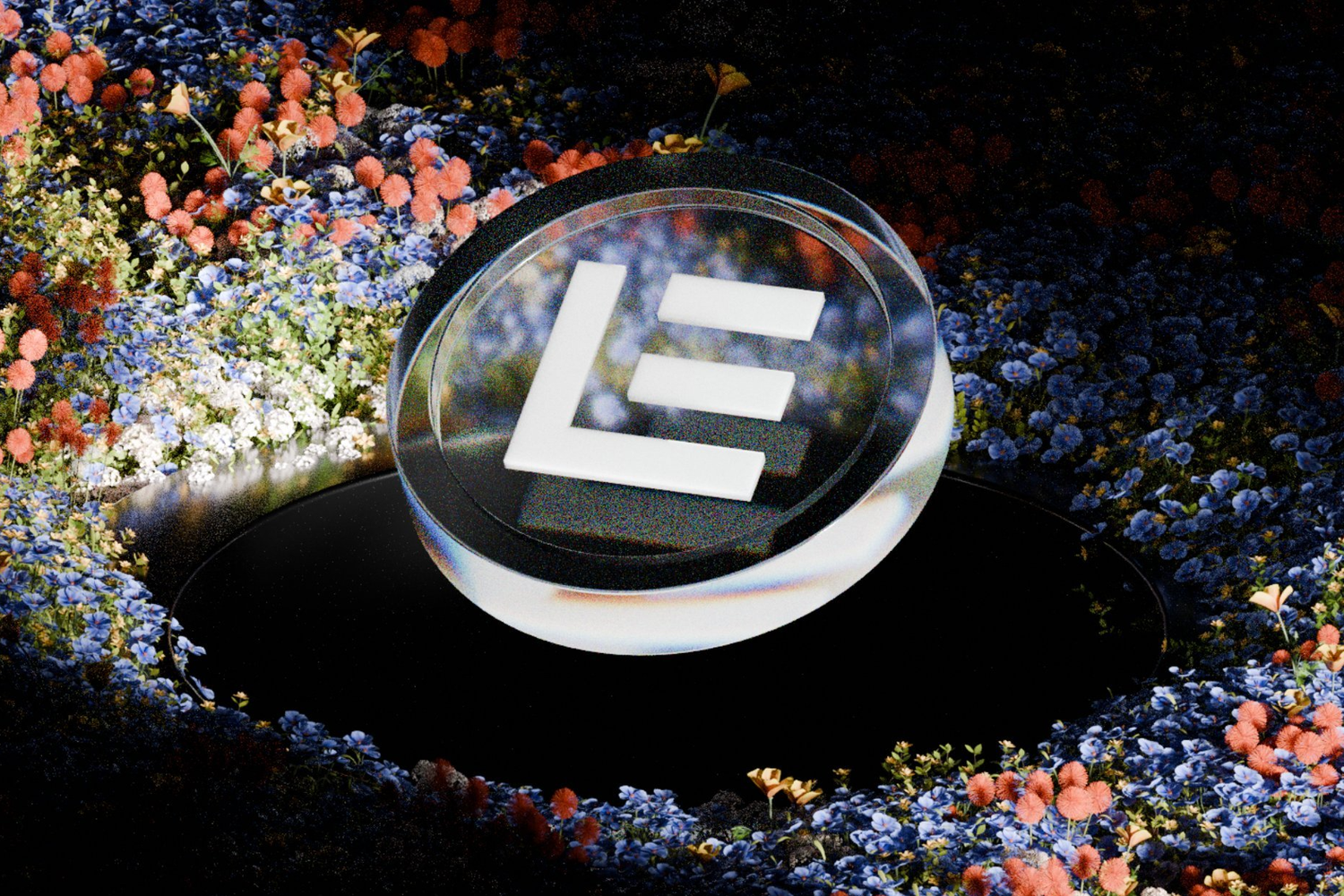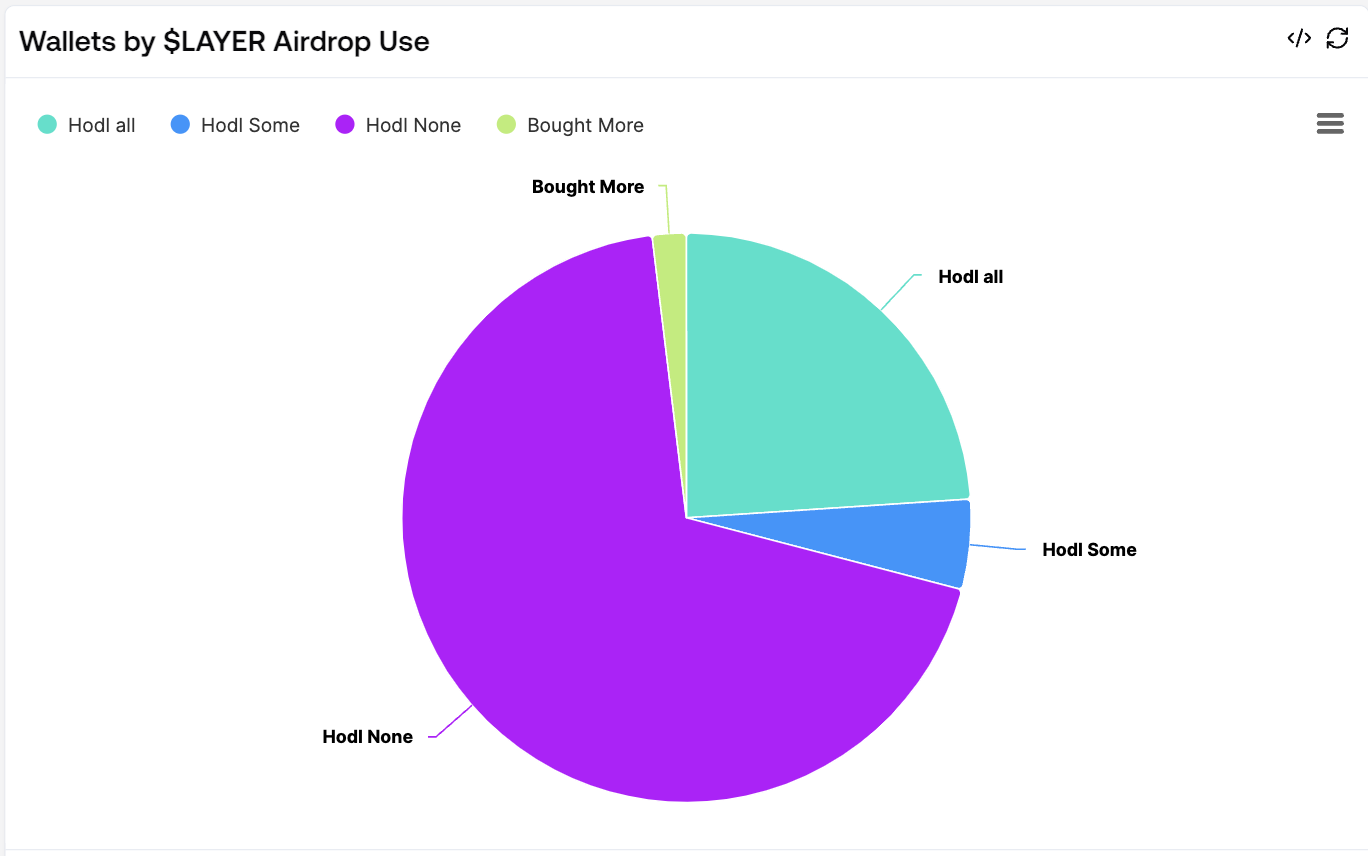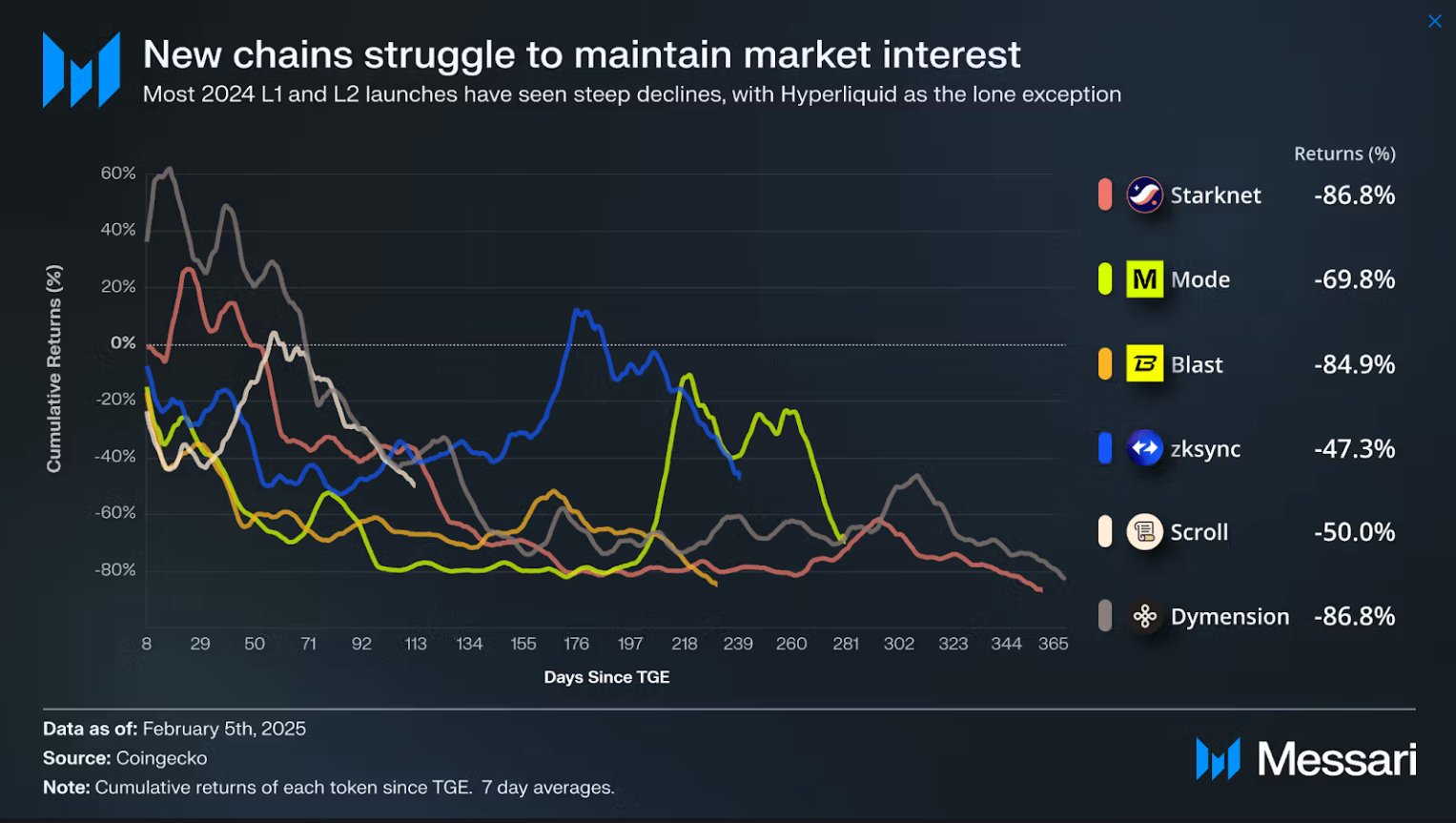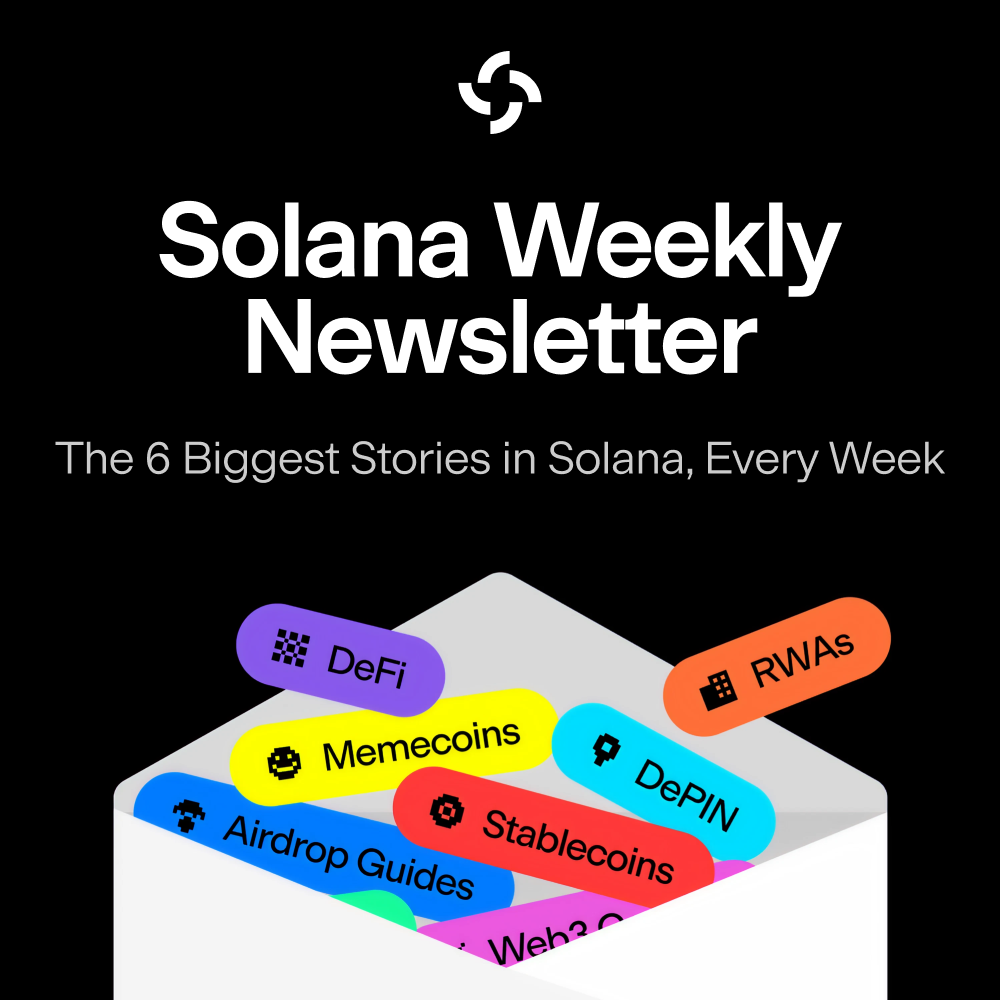
Has $LAYER Broken the Airdrop Dump Curse?
$LAYER holds strong post-TGE as recipients celebrate airdrop
- Published:
- Edited:
Solayer, a Solana-based restaking protocol and upcoming SVM network, has finally launched its native token $LAYER, rewarding thousands of depositors and platform users.
Against market trends, $LAYER has weathered the endless red candles that often plague Solana ecosystem TGEs (Token Generation Events) featuring sizeable airdrops.
What are the terms of Solayer’s Genesis airdrop, and can $LAYER continue to subvert the expectations of new chains?
Solayer Airdrop Breaks Insta-Dump Curse
Throughout this cycle, the vast majority of token airdrops end the same way, with recipients immediately dumping their allocations on the open market.
With 12% of $LAYER’s initial supply distributed to early users, Solayer’s TGE looked headed for a similar fate, dropping 30% within the first 3 hours of its listing on onchain markets.
However, the bear’s celebrations didn’t last long, with $LAYER swiftly turning things around. After bottoming at around $0.78, $LAYER has found solid support. Buyers have since arrived in force to push Solayer’s native token to its current market value of $1.10.
$LAYER’s market resilience is all the more remarkable given the token’s community presale, which was conducted in January 2025.
Held on Buidlpad, the $LAYER community presale allocated 30M $LAYER tokens at a total fundraising amount of $10.5M, effectively pricing $LAYER at $0.35 for contributors.
Despite $LAYER’s impressive price action, the majority of airdrop recipients have chosen not to hold their allocations. According to Flipside data, 69% of eligible wallets sold their entire $LAYER allocations.

At press time, the median claim size sits at 17.6 $LAYER, while the average claim is around 323.7 $LAYER per wallet. While this suggests a top-heavy distribution that favors whales and larger holders, these claim sizes are consistent with token airdrops within the Solana ecosystem.
$LAYER Airdrop Terms & Reaction
Like many protocols before it, Solayer implemented vested airdrop claims as a means of dampening sell pressure and aligning recipients with Solayer’s long-term vision.
$LAYER airdrop recipients can claim half of their allocation immediately, with the remaining 50% vested linearly over the following six months. Genesis airdrop claimants are also eligible for Solayer’s Emerald Card, a metal debit card enabling holders to spend yield-bearing assets like $sUSD and $sSOL in the real world.
The $LAYER claim window will remain open until March 4th, 2025, whereafter all unclaimed tokens will be forfeited and reallocated to future community incentives and airdrops.
Airdrop recipients across the Solana ecosystem are uncharacteristically content with their $LAYER allocations. While TGEs are typically afflicted with hordes of disgruntled farmers frustrated with their rewards, Solayer hasn’t suffered the slander and relentless FUD that usually accompanies token airdrops.
Can Solayer’s InfiniSVM Flip New Chain Expectations
Off the back of its original token announcement in early January, Solayer shared its intention to launch its own SVM blockchain. Solayer’s hardware-accelerated InfiniSVM promises to become crypto’s first-ever 1M TPS (Transactions Per Second) blockchain.
However, the 2024-2025 cycle has shown that users have little to no interest in exploring new networks.

According to a Messari report, new blockchains have struggled to attract and retain users following launch, invariably leading to dramatic price declines in native assets. Even alternative SVM chains like SonicSVM have been painfully rejected by markets, with $SONIC already down 73% from its all-time high of $1.17, recorded on the day of its launch.
Read More on SolanaFloor
TradFi giant’s ‘Franklin Solana Trust’ hints at future ETF filing
Franklin Templeton Files Solana Trust in Delaware - Could an ETF Filing Be Next?
How to Qualify for the Next Airdrop on Solana



